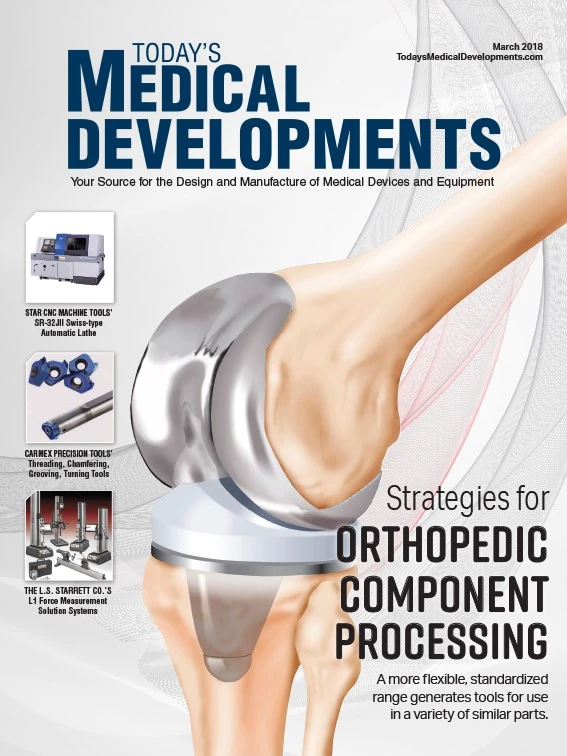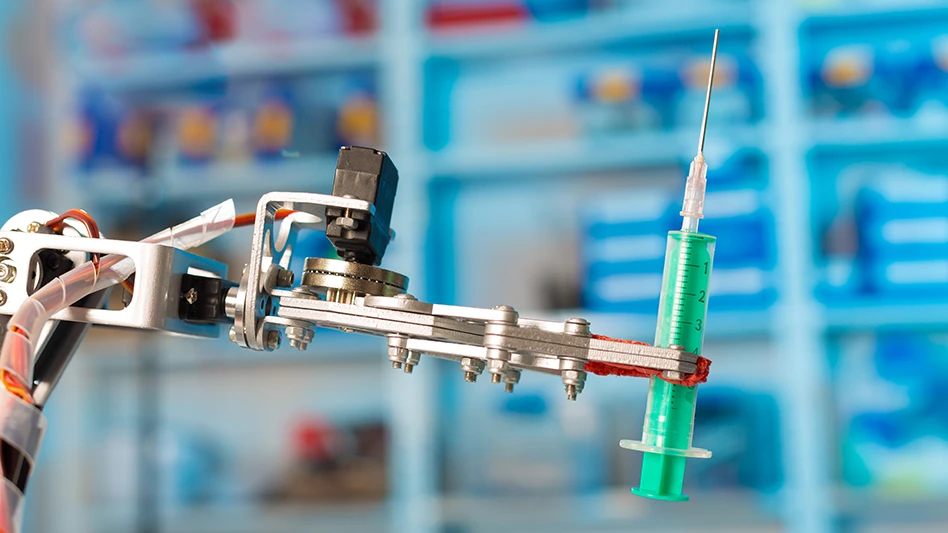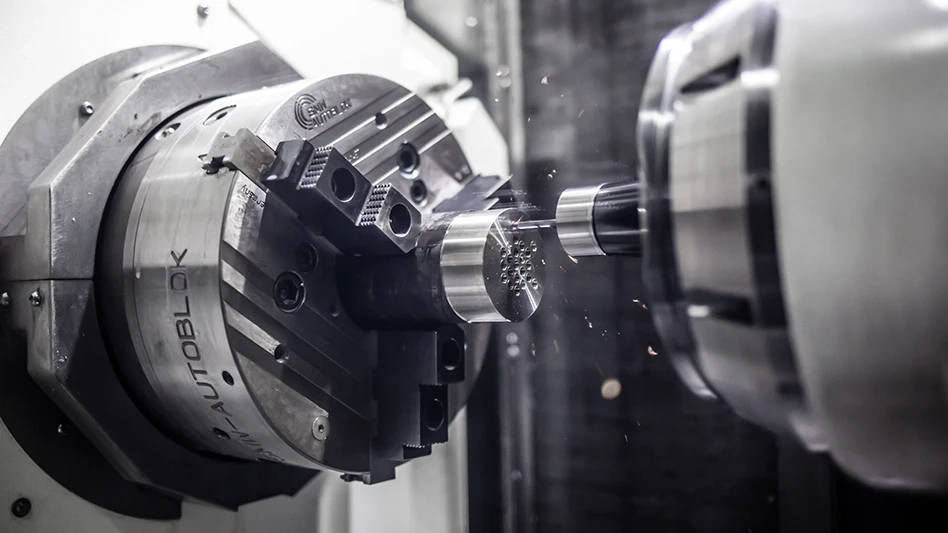
Researchers at Massachusetts Institute of Technology (MIT) and Brigham and Women’s Hospital have built a flexible sensor that can be rolled up and swallowed, adhering to the stomach wall or intestinal lining to measure rhythmic contractions of the digestive tract.
The flexible device uses piezoelectric materials to generate a current and voltage when mechanically deformed. It also incorporates polymers with elasticity similar to human skin, conforming to and stretching with the skin.
“Having flexibility has the potential to impart significantly improved safety, simply because it makes it easier to transit through the GI tract,” says Giovanni Traverso, a research affiliate at MIT’s Koch Institute for Integrative Cancer Research, a gastroenterologist and biomedical engineer at Brigham and Women’s Hospital, and one of the senior authors of a paper about the device.
Canan Dagdeviren, an assistant professor in MIT’s Media Lab and the director of the Conformable Decoders research group, is the lead author. Robert Langer, the David H. Koch Institute Professor and a member of the Koch Institute, is also an author of the paper.
Traverso and colleagues have previously developed ingestible devices used to monitor vital signs or deliver drugs. To develop a more flexible sensor, Traverso teamed up with Dagdeviren, who previously developed flexible electronic devices such as a wearable blood pressure sensor and flexible mechanical energy harvesters.
For the new sensor, Dagdeviren fabricates electronic circuits on a silicon wafer. The circuits contain two electrodes: a gold electrode placed atop a piezoelectric material called PZT, and a platinum electrode on the underside of the PZT. Once fabricated, the circuit can be removed from the silicon wafer and printed onto polyimide, a flexible polymer.

The study’s ingestible sensor is 2.0cm x 2.5cm and can be rolled up and placed in a capsule that dissolves after being swallowed.
Tested in pigs, the sensors successfully adhered to the stomach lining after being delivered endoscopically. Through external cables, the sensors transmitted information about how much voltage the piezoelectrical sensor generated, from which the researchers could calculate how much the stomach wall was moving, as well as distinguish when food or liquid were ingested.
This type of sensor could make it easier to diagnose digestive disorders that impair motility of the digestive tract, which can result in difficulty swallowing, nausea, gas, or constipation. Doctors could also use it to help measure the food intake of patients being treated for obesity.
“Having a window into what an individual is actually ingesting at home is helpful, because sometimes it’s difficult for patients to really benchmark themselves and know how much is being consumed,” Traverso says.
In future versions of the device, researchers plan to harvest some of the energy generated by the piezoelectric material to power other features, including additional sensors and wireless transmitters.
Massachusetts Institute of Technology (MIT)
www.mit.edu
Brigham and Women’s Hospital
www.brighamandwomens.org

Explore the March 2018 Issue
Check out more from this issue and find your next story to read.
Latest from Today's Medical Developments
- Minalex celebrates 60 years of excellence in miniature aluminum extrusions
- Tormach’s Chip Conveyor Kit for the 1500MX CNC Mill
- #39 - Lunch & Learn Podcast with EMUGE-FRANKEN USA and Okuma America
- Significant expansion for Intricon
- REGO-FIX’s powRgrip toolholding system
- Birk Manufacturing achieves ISO 13485 recertification
- AdvaMed’s Medical Innovation Agenda for the 119th Congress
- SW North America's BA 322i twin-spindle CNC





